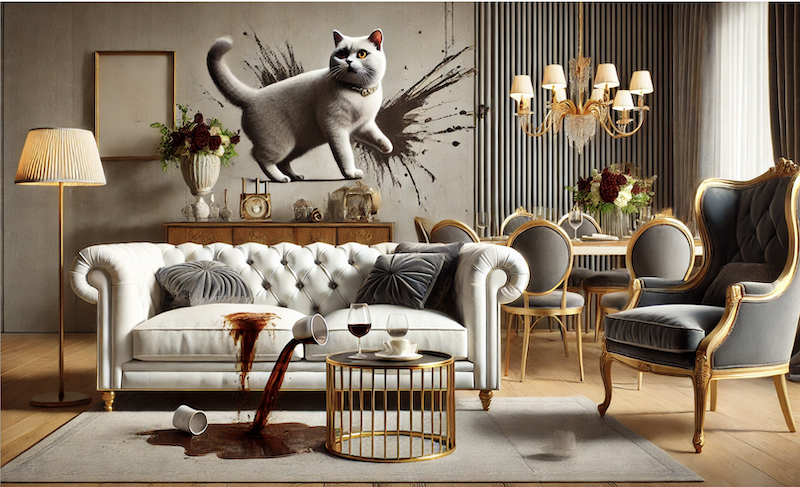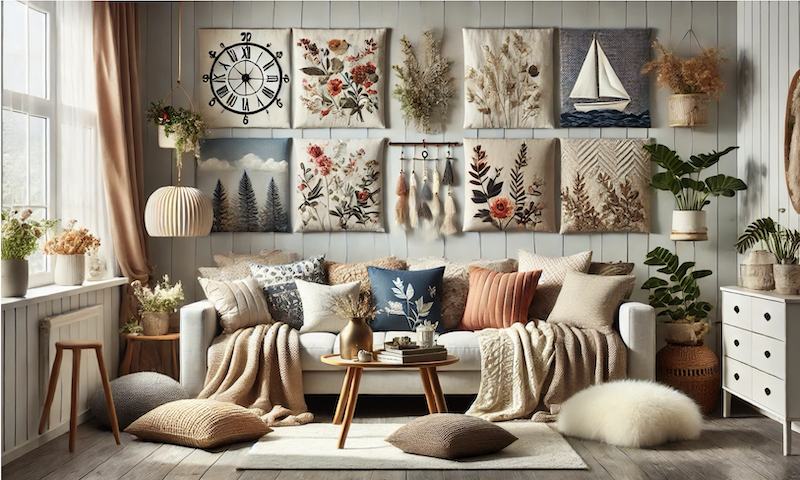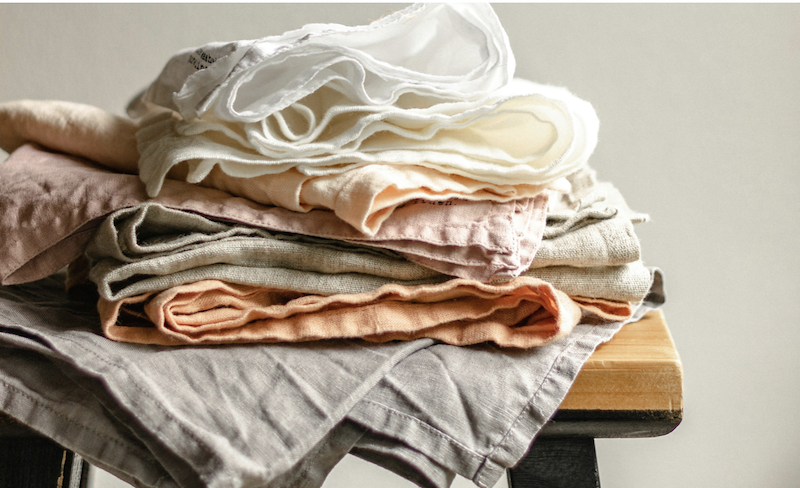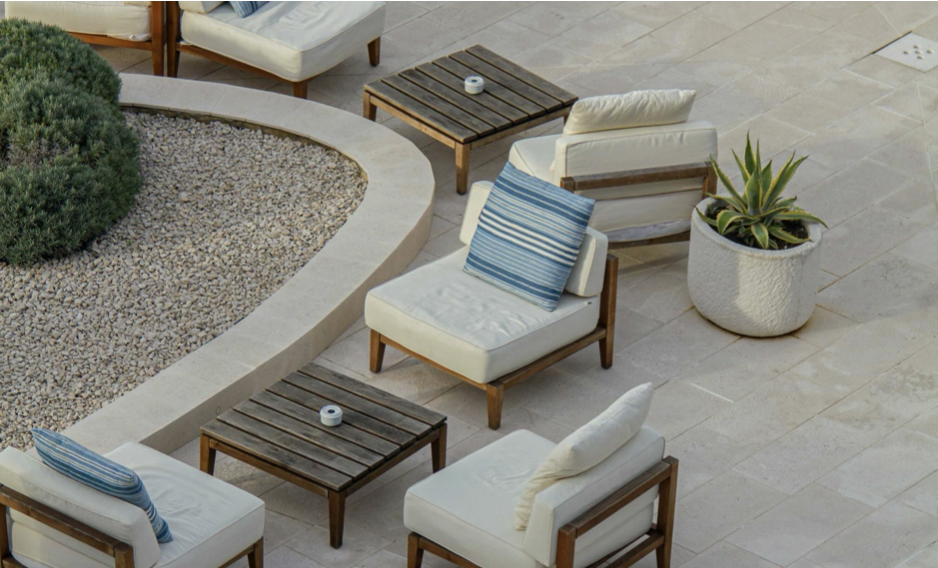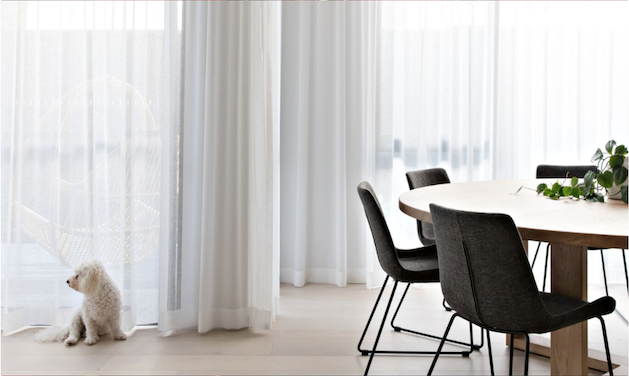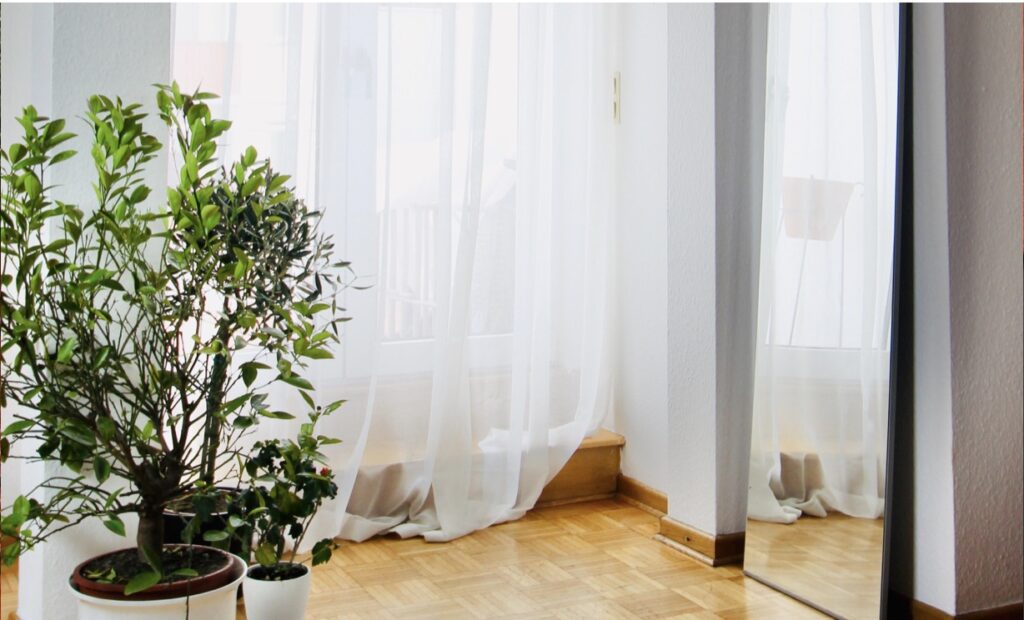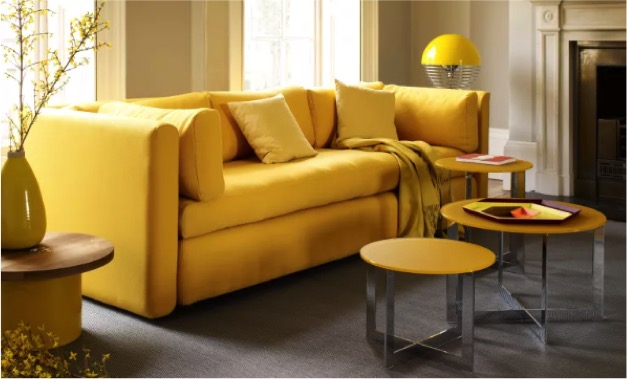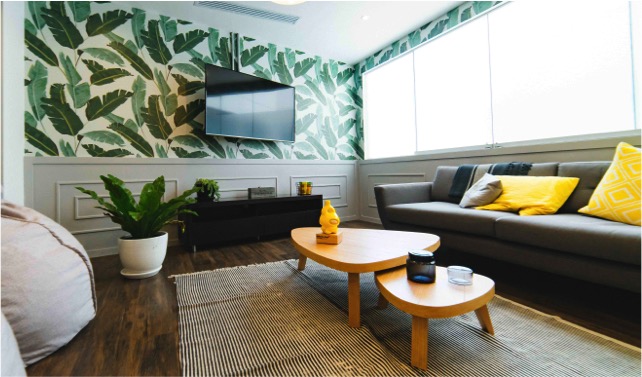When it comes to interior design, one of the most powerful elements you can use to transform a space is fabric. Understanding the fundamentals of fabric will allow you to choose the perfect textiles for your home. Whether you’re upholstering furniture, choosing curtains, or adding decorative pillows to a couch, textiles can elevate your home, setting the tone, mood, and comfort level of every room. However, with so many fabric options available, how do you choose the right one? This guide will walk you through the essentials of fabric selection, helping you make informed decisions for your home.
1. Understand Fabric Types: What Works Best for Your Space?
Before diving into colour or pattern, it’s crucial to understand the different types of fabric and what they’re best suited for. Fabrics come in various textures, weights, and durability levels, and these factors can drastically affect the overall look and functionality of a room.
Its important to note that the below are examples of natural fabrics. Mainstream Polyester (which I’ll dive into more detail in an interesting, future blog post), can be manufactured for lightweight, medium-weight as well as heavy-weight applications.
Lightweight Fabrics:
These are ideal for spaces where flow and natural light are essential. Lightweight fabrics are often used for curtains, cushions, and bed linens, as they give a soft, airy feel to a room.
- Cotton: A versatile fabric that’s easy to clean and comes in a variety of textures. Perfect for light upholstery, curtains, or cushions.
- Linen: Known for its natural look and breathability, linen is a fantastic option for summer fabrics, offering a relaxed and organic vibe.
Medium-Weight Fabrics:
These fabrics are more substantial and provide durability without being too heavy. Great for general furniture upholstery, medium-weight textiles hold their shape while still offering comfort.
- Velvet: Soft, rich, and elegant, velvet brings luxury to any room. It’s perfect for both furniture upholstery and accent pieces like throw pillows or drapery.
- Tweed: Ideal for creating a sophisticated look on sofas or armchairs, tweed is a durable, textured fabric that adds interest to traditional or contemporary designs.
Heavyweight Fabrics:
These are the fabrics that give structure and warmth to a space. Heavyweight textiles are often used for items like upholstery, drapes, and durable furniture covers.
- Leather: Durable and timeless, leather provides a luxurious touch to chairs, sofas, and even ottomans. It’s perfect for high-traffic areas but requires regular maintenance to keep its appearance.
- Wool: A natural insulator, wool is perfect for upholstery, providing both warmth and comfort. It works well in cozy spaces like living rooms or dens.
2. Consider Durability: How Much Wear and Tear Will the Fabric Endure?
Durability is key when choosing the perfect textiles for your home, especially for items that see frequent use, such as sofas, armchairs, and dining chairs. Fabrics vary in how well they hold up to everyday wear and tear, so it’s essential to select textiles that align with the amount of use a piece will get.
- Sunlight Exposure: If you’re using fabrics for window treatments, consider how much direct sunlight your room gets. Some fabrics, like cotton, can fade over time, while synthetic fibers like polyester hold their colour better in direct light.
- High-Traffic Areas: For furniture that will be used daily, look for fabrics that are abrasion-resistant and easy to clean. Microfiber, for example, is incredibly durable and can be cleaned easily, making it an excellent choice for family rooms or pet-friendly homes.
3. Texture Matters: Creating Depth and Interest in Your Design
Textural contrasts can elevate a simple space to something extraordinary. Pairing different textures in your home not only adds visual appeal but also creates a tactile experience. The feel of a fabric can dramatically influence the comfort level of your space.
- Smooth and Sleek Fabrics: Silk, satin, or velvet bring a touch of elegance to any space and are perfect for creating luxurious focal points in rooms. However, they might not be ideal for heavy-use areas due to their delicate nature.
- Textured Fabrics: Fabrics like linen, chenille, or bouclé add a cozy, homey vibe and work beautifully for sofas, chairs, and accent pillows. They’re perfect for living rooms or bedrooms where comfort is the priority.
- Patterned Textures: Don’t forget about patterned fabrics! They bring life and vibrancy to your design. Think about incorporating stripes, florals, or geometric patterns for a bold look that defines your space.
4. Match Fabric to Function: Does the Room Need Style or Comfort?
Each room in your home serves a different function, so consider how you use the space before selecting fabrics. Are you creating a formal dining room, a relaxed living area, or a cozy bedroom? Matching the fabric to its intended use is crucial when choosing the perfect textiles for your home.
- Living Room: For a cozy and welcoming living room, choose fabrics that balance comfort and durability, like soft wool blends, microfiber, or cotton blends. A luxurious fabric like velvet can add a touch of sophistication to a formal seating area.
- Dining Room: Opt for fabrics that are durable and easy to clean. Leather and synthetic textiles are great for dining chairs, as they stand up well to spills and stains.
- Bedroom: Soft, breathable fabrics, like cotton or linen, are perfect for creating a serene and comfortable environment in your bedroom. These fabrics offer a restful atmosphere, perfect for sleep.
- Outdoor Spaces: For outdoor furniture, look for fabrics that are UV-resistant, waterproof, and resistant to mildew. Acrylic-based fabric is a popular choice, known for its durability and ability to withstand the elements.
5. Consider Colour and Pattern: Setting the Mood of the Room
The colour and pattern of a fabric can dramatically influence the atmosphere of your home. Lighter fabrics can make a room feel airy and spacious, while darker tones can create a sense of coziness and sophistication.
- Neutral Colors: Neutral fabrics like beige, grey, and off-white are timeless choices that create a calm, balanced foundation in any room. They pair well with both bold and subtle accent colours, making them versatile for various decor styles.
- Bold and Vibrant Colours: If you want to inject energy into a room, opt for bold colours like deep blues, rich reds, or vibrant yellows. These hues are perfect for accent pieces like pillows, throws, or curtains that make a statement.
- Patterns: Patterns can add personality and interest to a room. Floral, geometric, or abstract prints can serve as the focal point of a design. However, it’s important to balance bold patterns with solid fabrics to avoid overwhelming the space.
6. Budgeting for Fabric: Finding the Right Balance Between Cost and Quality
Choosing the perfect textiles for your home can be an investment, but there are many options available that offer both style and value. While luxurious fabrics like silk or leather can be costly, there are alternatives that provide a similar aesthetic without the high price tag.
- Look for Fabric Blends: Blends such as Poly-cotton Poly-Linen mixes offer the best of both worlds. They combine the look and feel of natural fibres with the durability of synthetics, offering a more budget-friendly option.
- Fabric Care: Some fabrics, such as linen or silk, may require more maintenance and cleaning care, which could increase long-term costs. Synthetic fabrics tend to be easier to maintain, which may make them more economical in the long run.
Final Thoughts
Choosing the perfect textiles for your home isn’t just about picking a colour or pattern—it’s about understanding the material’s function, texture, durability, and how it will complement your lifestyle. Whether you’re upholstering a couch, choosing curtains, or adding accents to your space, fabric plays a vital role in the overall aesthetic and comfort of your home.
Take the time to explore different options and consider how each fabric will enhance your living spaces. With the right choice, you’ll not only enjoy a beautifully designed home but also create a space that feels as good as it looks!


